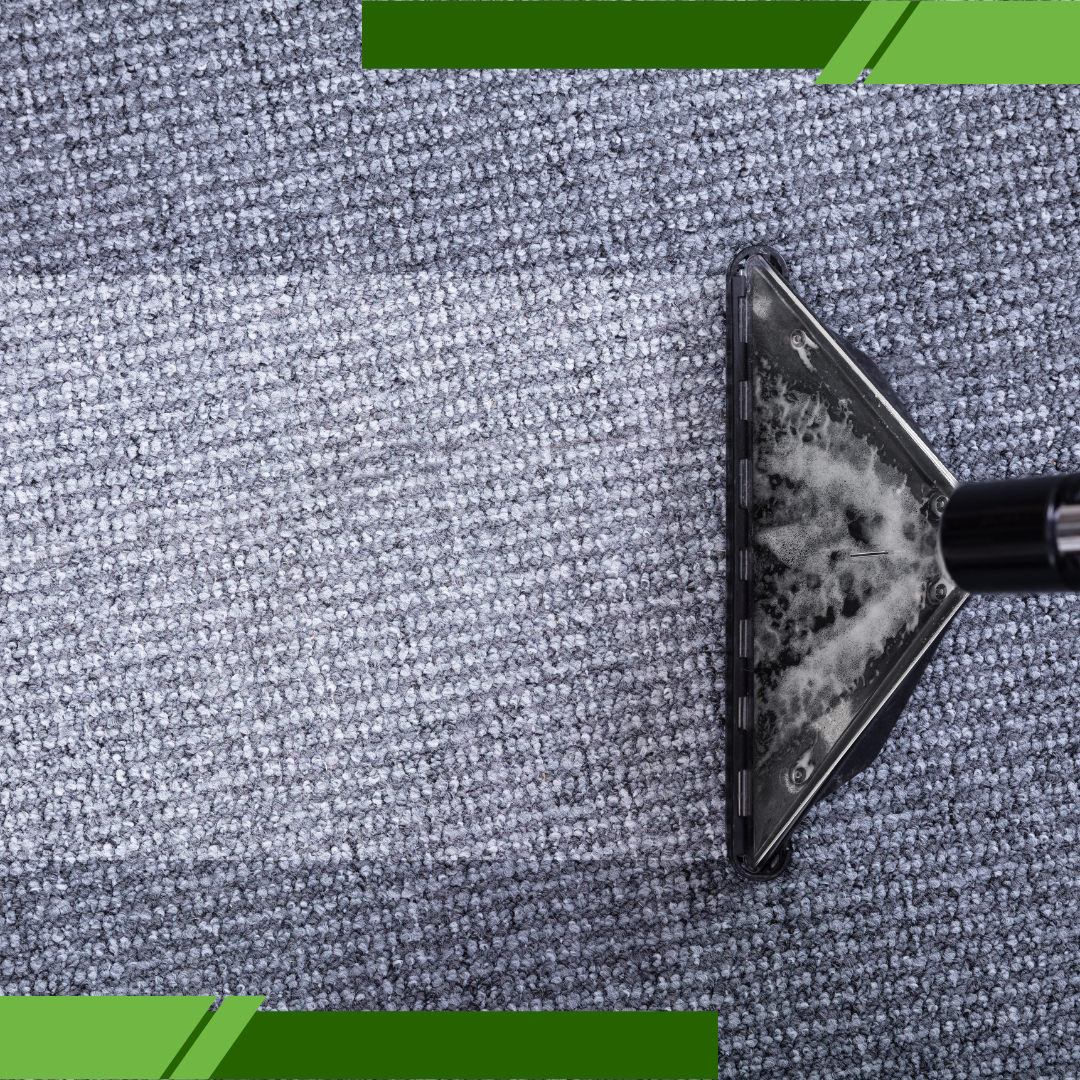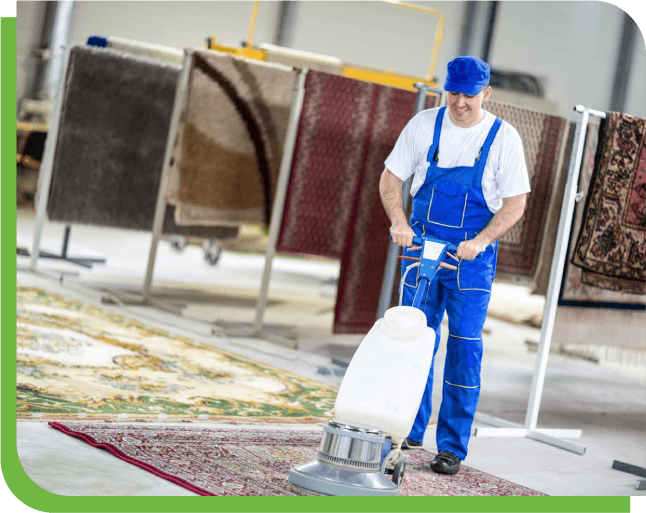Get in touch
Fill this up to proceed

We are committed to providing a world-class carpet, rug, upholstery, drapery or mattress cleaning services that will open your door to a happier and healthier green indoor environment.
Have you ever walked into your home and thought, “Something feels off in the air”? Maybe it’s the smell, the heaviness, or just a stuffy feeling. That’s not your imagination. It could be the indoor air quality in homes—and it might be affecting your family’s health more than you think. Many people think pollution only happens outside, but the truth is, the air inside your home can be two to five times more polluted.
Since we spend most of our time indoors—especially children, older adults, and those with health issues—it’s important to understand why the indoor air quality in homes matters and what we can do to make it better. Let’s break down everything you need to know in a simple, clear way.

The air in your home is something you breathe every day without thinking. But poor indoor air quality in homes can lead to issues like headaches, fatigue, eye irritation, breathing problems, and allergies or asthma getting worse. For families with kids, pets, or elderly members, these problems can show up even faster. Some of the most common indoor pollutants include dust mites, pet dander, mold spores, tobacco smoke, household cleaners, cooking fumes, and pollen. And yes—even your carpet or sofa can be a problem if it traps pollutants.
It’s easy to miss where bad air comes from indoors. Some sneaky sources include furniture and flooring, as some new furniture or carpets release chemicals like formaldehyde. Cleaning supplies can also be a culprit, as that “clean” smell might be loaded with harmful VOCs (volatile organic compounds). Candles and air fresheners, while scented, don’t always mean safe, and kitchen appliances such as gas stoves and ovens can release nitrogen dioxide and carbon monoxide.
Bathrooms with poor ventilation can trap moisture, leading to mold, while basements can be damp, dark areas that become breeding grounds for mildew. Your home might look spotless, but that doesn’t mean the air is clean. That’s why paying attention to the indoor air quality in homes is so important.
It’s not always easy to tell if the air inside is harmful. But there are some clear warning signs. You or your kids might often sneeze, cough, or have dry throats at home. Your eyes could burn or feel itchy indoors, and you might smell musty or strong chemical scents often. Feeling tired or dizzy for no clear reason is another red flag. You might also see visible mold or mildew, or notice there’s too much dust even after regular cleaning. If these things sound familiar, your home might have an indoor air quality issue that needs fixing.
The good news is that you don’t always need expensive tools to fix indoor air quality in homes. A few simple actions can make a big difference. Opening windows when the weather allows fresh air in, using exhaust fans in kitchens and bathrooms, and avoiding smoking indoors are all important. Washing bedding in hot water every week helps remove dust mites, while choosing natural cleaners instead of harsh chemicals can reduce toxins.
Keeping shoes at the door prevents outdoor allergens from being tracked inside, and vacuuming carpets and rugs weekly with a HEPA filter vacuum helps reduce trapped pollutants. Even using natural fabrics and materials in your home can help reduce indoor pollutants. When buying new furniture, look for products labeled “low VOC.”

Sometimes, even with all your best efforts, the air still isn’t clean enough. That’s where air purifiers come in. These machines pull in the air, trap harmful particles, and push out clean air. There are many types, but HEPA filters are among the best because they can catch tiny particles like pollen, mold spores, dust, pet dander, and smoke.
Air purifiers are helpful in bedrooms, nurseries, and living rooms—especially if someone in the house has allergies or asthma. Homes near busy roads or industrial areas often have higher pollution levels, so investing in a good purifier can give your family better indoor air quality in homes.
We all have routines that might be hurting our home’s air without realizing it. Using chemical sprays daily, such as air fresheners and bathroom cleaners, can add pollutants to the air. Dry cleaning clothes often and hanging them indoors before airing them out can also release chemicals.
Not replacing HVAC filters every one to three months lets dust and debris circulate. Burning scented candles regularly without ventilation and letting dust collect on electronics and bookshelves also contribute to poor air quality. Little things stack up over time, and replacing these habits with better ones will protect your family’s health in the long run.
Humidity levels play a big part in how healthy your indoor air is. Too much moisture can lead to mold and dust mites, while too little can make the air dry, causing skin irritation and breathing problems. The ideal indoor humidity is between 30% and 50%. To manage it, you can use a humidifier in dry winter months, a dehumidifier in damp areas like basements, ventilation fans in bathrooms and kitchens, and moisture-absorbing materials like baking soda or charcoal. Monitoring humidity with a hygrometer is an inexpensive way to keep it in check.
Sometimes the building blocks of your home affect air more than you think. Choosing safer materials helps prevent harmful off-gassing. Solid wood is better than particle board, bamboo flooring is a great eco-friendly option, and low-VOC or no-VOC paints release fewer harmful chemicals. Natural fiber rugs like wool or jute, organic cotton or hemp curtains, and tile or stone surfaces instead of vinyl can all contribute to better indoor air quality in homes. If you’re remodeling or redecorating, making these choices can help your family breathe easier.
It’s not just about what you use—it’s how often you clean. A daily routine of opening windows for ventilation, wiping down kitchen counters, and sweeping high-traffic areas helps keep pollutants from building up. Weekly cleaning should include vacuuming with a HEPA filter, washing bedding, and dusting surfaces.
Monthly, you should clean air vents, wash curtains or drapes, and check for signs of mold. Seasonally, replace HVAC filters, deep-clean rugs and upholstery, and clean ceiling fans and light fixtures. If you want a helping hand for deep cleaning without harsh chemicals, many families trust services that offer green, eco-safe cleaning—like this professional carpet cleaning team that’s known for chemical-free solutions.
Kids are still growing, so their lungs and immune systems are more sensitive to pollutants. Poor indoor air quality in homes can affect their sleep, learning, and even development. Avoiding secondhand smoke, cleaning often, using child-safe cleaners, and keeping bedrooms free of stuffed toys that collect dust can help protect their health. If you’re ever unsure about how to keep your child’s room fresh and allergen-free, it’s best to ask professionals. They can provide guidance and solutions to make your home a cleaner, safer space.
Carpets can be both. On one hand, they trap dust, dander, and dirt. On the other, they also trap pollutants before they go airborne. If maintained properly, carpets can help improve air quality. Low pile or flat carpets are easier to clean, natural fibers like wool are a healthier choice, and using no-VOC adhesives during installation is safer. Hiring deep-cleaning services a few times a year is a smart way to prevent allergens from building up. If you live in areas like Agoura Hills, you can get Carpet Cleaning Agoura Hills that is eco-friendly and safe for your family.
Keeping your home’s air clean isn’t about making huge changes overnight. It’s about small steps—ventilation, cleaner habits, safer materials, and regular cleaning—that add up to a big difference. When you start paying attention to the indoor air quality in homes, you’re not just protecting your family’s health—you’re giving them a more comfortable place to grow, rest, and feel safe. Whether it’s choosing the right houseplants, swapping out harsh cleaners, or getting help from professionals in Agoura Hills who care about your wellness, you’re already on the right path. Breathe easy. Your home can be healthier, one breath at a time.
If you or your family experience frequent sneezing, headaches, or a musty smell indoors, your air quality may be poor. Visible mold, too much dust, and irritated eyes are also strong warning signs.
Start by opening windows regularly, vacuuming weekly with a HEPA filter, and using natural cleaning products. Small habits like removing shoes at the door and dusting often can also help a lot.
Yes, especially if someone has allergies or asthma, or if your home is near pollution sources. HEPA filter purifiers can trap dust, pollen, smoke, and even mold spores effectively.
Carpets can trap allergens, but with regular vacuuming and professional cleaning, they can actually help contain pollutants. Choosing low-pile or natural fiber carpets also reduces risks.
Vacuum weekly, wash bedding and curtains often, and change HVAC filters every 1–3 months. Deep cleaning carpets and upholstery seasonally also helps maintain clean air.

We are committed to providing a world-class carpet, rug, upholstery, drapery or mattress cleaning services that will open your door to a happier and healthier green indoor environment.
We are committed to providing a world-class carpet, rug, upholstery, drapery or mattress cleaning services that will open your door to a happier and healthier green indoor environment.